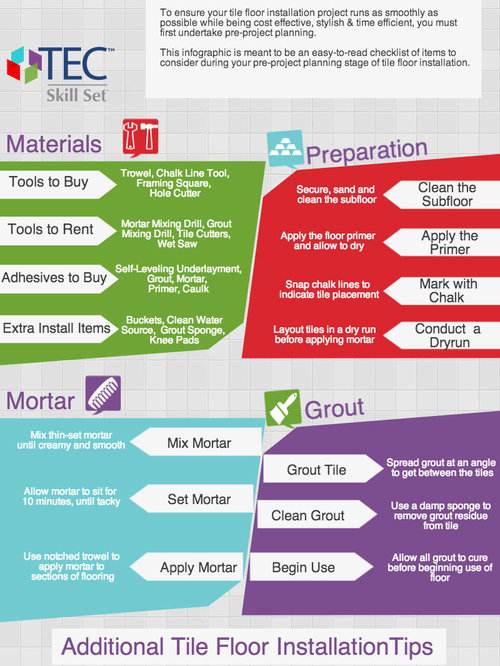Discover Essential Pointers For Budgeting Your Floor Covering Project Successfully, But Beware Of Concealed Prices That Can Thwart Your Plans
Discover Essential Pointers For Budgeting Your Floor Covering Project Successfully, But Beware Of Concealed Prices That Can Thwart Your Plans
Blog Article
Developed By-Boswell Lake
When you're intending a floor covering project, budgeting isn't nearly selecting a number; it has to do with recognizing what you absolutely require and the costs included. You'll intend to analyze your certain demands, research numerous materials, and expect unanticipated expenditures. Consider exactly how elements like room function and installation approaches can impact your budget plan. But before you enter, there are some critical details you might overlook that can considerably influence your overall prices. Allow's check out how to navigate these complexities and guarantee your task stays on track.
Assessing Your Floor Covering Requirements
Prior to diving right into your floor covering task, it's important to evaluate your flooring needs. Begin by considering the specific locations where you prepare to set up new floor covering. Think about the function of each space. For instance, kitchens and bathrooms require waterproof materials, while living locations might gain from convenience and aesthetic appeals.
Next, assess the existing conditions of your floors. Exist any type of structural concerns, such as unequal surface areas or wetness issues? Resolving these worries at an early stage can conserve you money and time down the line.
Also, make note of the measurements of each room to determine just how much floor covering you'll require.
Do not forget to consider your way of life. If you have family pets or young children, sturdiness may be your leading concern, while a much more formal space may call for an elegant coating. Additionally, think about https://www.cbf.org/news-media/newsroom/2023/pennsylvania/consider-health-risks-when-sealing-driveways-and-parking-lots.html . Do you prefer a classic appearance, or are you drawn to contemporary designs?
Finally, be reasonable regarding just how much upkeep you're willing to commit to. Some materials need even more upkeep than others. By comprehending your needs plainly, you'll be much better equipped to make educated options as you progress with your floor covering task.
Estimating Expenses and Materials
Approximating prices and products is a pivotal step in your floor covering task that can significantly influence your general budget plan. Start by determining your space precisely to identify just how much flooring you'll require. For most products, you'll locate prices by square foot, so collect quotes from various distributors to obtain a practical number.
Next, think about the type of flooring you want. Options like wood, laminate, tile, or rug all included various price points. Research study the expenses for every and factor in any type of additional products like underlayment, adhesive, or transition strips.
Do not neglect to consist of tools if you're intending a DIY installment, as leasing or buying tools can contribute to your expenditures.
Labor prices are another important factor to consider. If https://4pointhomeinspection22210.bloggerbags.com/37384846/discover-the-benefits-and-drawbacks-of-timber-and-laminate-flooring-to-discover-the-best-fit-for-your-home-which-option-will-win-your-heart hiring professionals, obtain quotes from multiple contractors to guarantee you're getting a fair price. Be clear concerning the extent of work to prevent unexpected fees later on.
Finally, it's a good idea to set aside a tiny percentage of your budget for any type of unforeseen costs associated with products. By completely approximating your prices and products upfront, you'll establish yourself up for a smoother and much more workable floor covering project.
Preparation for Hidden Expenses
Numerous home owners overlook the covert expenditures that can occur throughout a flooring job, which can result in spending plan overruns. To avoid this, you require to prepare for possible added expenses.
First, think about the condition of your existing subfloor. If it's damaged or uneven, you'll likely need repair work or progressing, which can include considerably to your overall expenditure.
Next off, consider removal and disposal charges for your old flooring. Numerous service providers charge added for this service, so factor that into your budget.
Additionally, do not forget about the expenses of underlayment, which might not be included in the first quote but are important for an effective setup.
You must also get ready for unpredicted difficulties, such as pipes or electrical job if your flooring job involves moving components. It's a good idea to allot at least 10-15% of your complete allocate these unforeseen expenditures.
Last but not least, remember that licenses may be needed for sure installations. Always check neighborhood policies to stay clear of penalties or delays.
Conclusion
In conclusion, budgeting for your floor covering project is vital for a successful outcome. By assessing your needs, approximating prices, and preparation for concealed expenditures, you'll prevent shocks and stay on track. Bear in mind to set aside a section of your budget for unanticipated expenses and maintain a detailed failure of your expenses. With careful planning and consideration, you'll develop an attractive space that fulfills your demands without breaking the financial institution. Delighted flooring!
